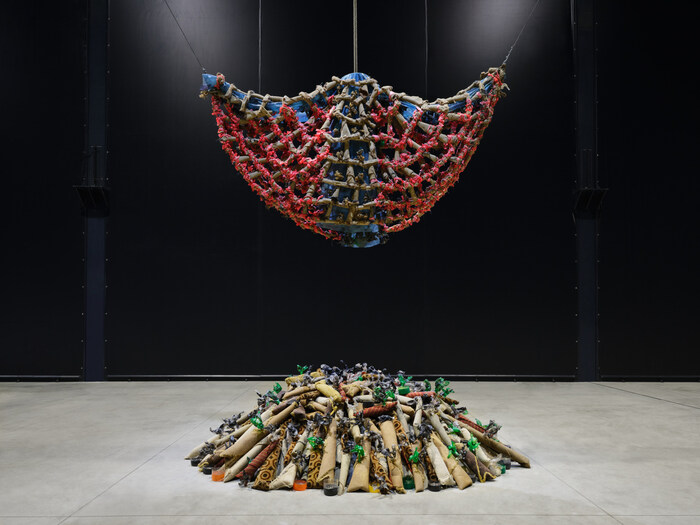The Museum Werdenfels bought 122 excavation finds in 2020.
It is now certain: including a treasure that makes archaeologists and historians shine.
The small copper ax is a good 6,000 years old and further evidence that the district's history began in the Neolithic.
Garmisch-Partenkirchen -
It's small.
Completely inconspicuous actually.
A man's hand can completely encircle it.
And yet the greenish shimmering piece of metal makes Peter Schwarz rave about it.
The Grainauer even speaks of a sensation that has recently been on view in the Werdenfels Museum in Garmisch-Partenkirchen.
Experts from the University of Innsbruck have now confirmed that it is actually a treasure.
The Stone Age ax, which was discovered at the Zeilkopf between Eschenlohe and Ohlstadt, "is one of the oldest objects found in the area around the Karwendel".
Archaeologist Dr.
Joachim Pechtl, who wants to take a closer look at the precious piece, dates it to 4000 BC.
The stone ax from Gerold is even 1000 years older
In addition, the small copper ax is one of the oldest finds from this era in all of Bavaria and Tyrol.
A stroke of luck for Schwarz, who has been involved in the Werdenfels Museum for years and who has contributed a lot to the exhibition “From the stone ax to the oyster shell”.
The second, about which he is indescribably happy.
Because there is still a stone ax from Gerold in the museum.
Also the oldest known of its kind, emphasizes Schwarz, "It comes from the time around 5000 BC."
+
A stone-age couple frames the stone ax that was found near Gerold in 2000.
© Museum Werdenfels
Like many other treasures, this was “unnoticed in the cellar”, says museum director Josef Kümmerle.
He and Schwarz raised these treasures, supplemented them with loans and have thus been presenting 7,000 years of district history at 17 stations since May 2020.
Museum Werdenfels has bought 122 pieces from excavations
Kümmerle and Schwarz did not expect that there would be another treasure among the pieces that the museum bought last year.
“At that time we acquired 122 objects, including many arrowheads,” recalls the museum employee.
Much of the so-called through traffic.
The district was not yet densely populated, but served as an important connection to the south for millennia before Christ.
Quite different on the Zeilkopf, which has long been protected as a ground monument.
A settlement and burnt offering site were opened there, with pieces such as the copper hatchet that date back to 4500 years before Christ.
Schwarz thinks the objects are “great” and, with other finds, show that the history of the Werdenfelser Land began as early as the Neolithic Age.
+
At 17 stations, visitors to the Werdenfels Museum vividly experience 7,000 years of district history.
© Museum Werdenfels
In the current exhibition, 25 special, prehistoric and early historical finds from the district can be seen. These are to be presented in a separate department in the future. The time span extends from the aforementioned Stone Age ax blade, which appeared near Gerold near the former Roman road in 2000, to the oyster shell from Werdenfels Castle from the 15th and 16th centuries. Century. A moose antler find from the Eibsee from 500 BC is represented, as well as jewelry from the Bronze Age and Roman coins, the loopholes of the Hammersbach castle tower or the Roman milestone from the year 363 AD discovered in 1996 near Mittenwald. "It is a special pleasure to show all of this," emphasizes Kümmerle. A piece of fascinating history can be experienced on the original object, even if some things seem rather inconspicuous at first glance.
The exhibition
“From stone ax to oyster shell” can be seen in the Werdenfels Museum in Garmisch-Partenkirchen until Sunday, November 7th - Tuesday to Sunday from 10 a.m. to 5 p.m.














